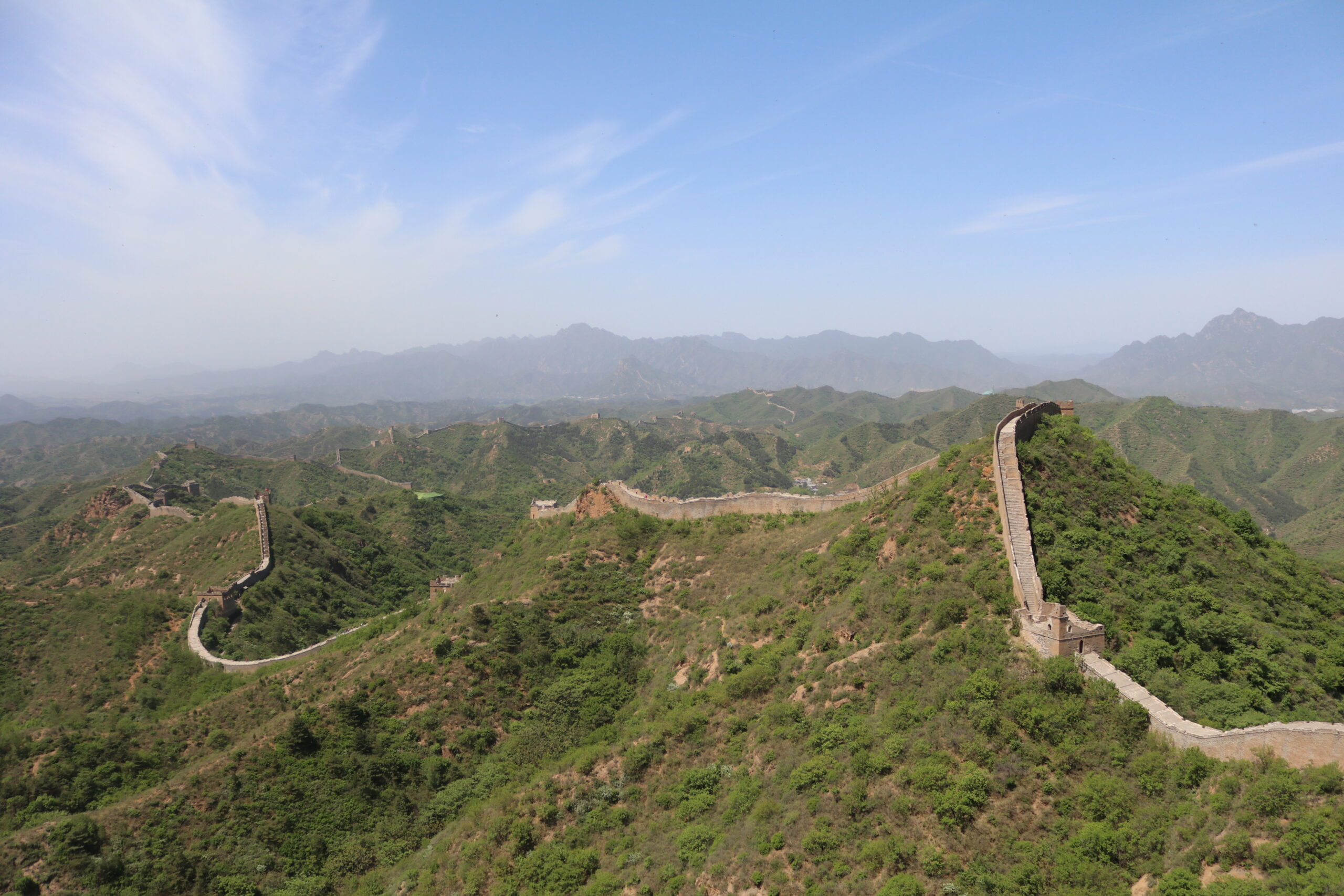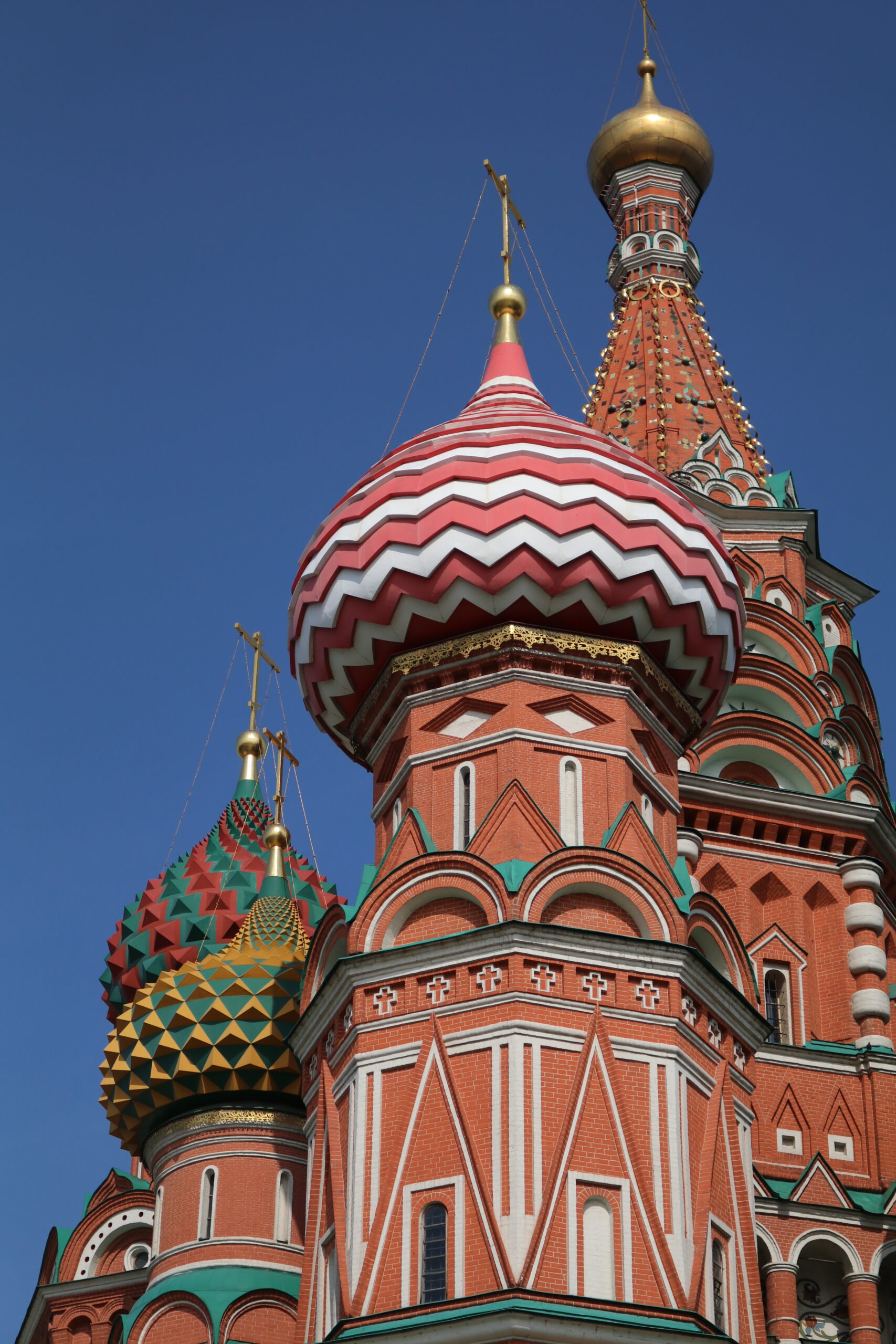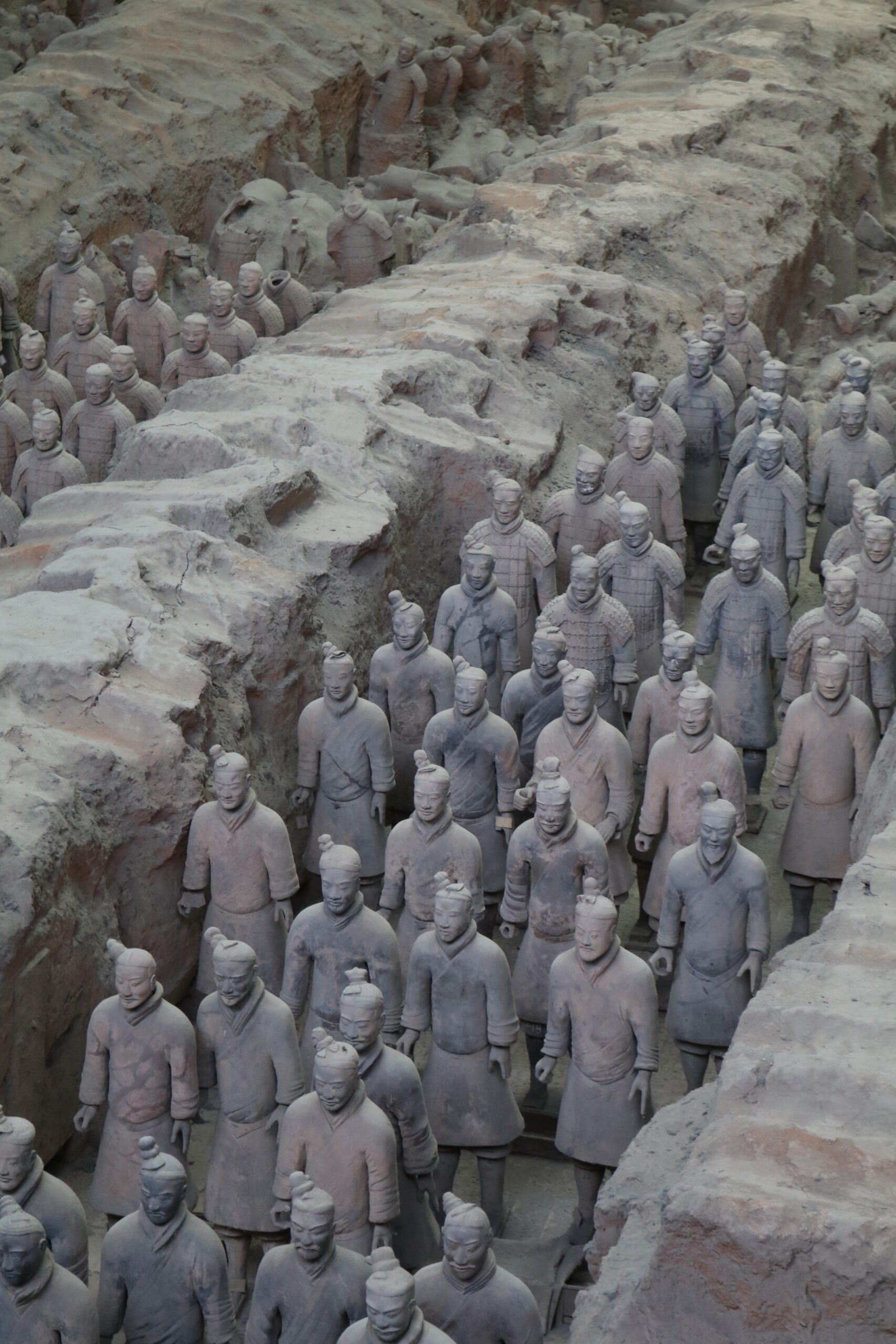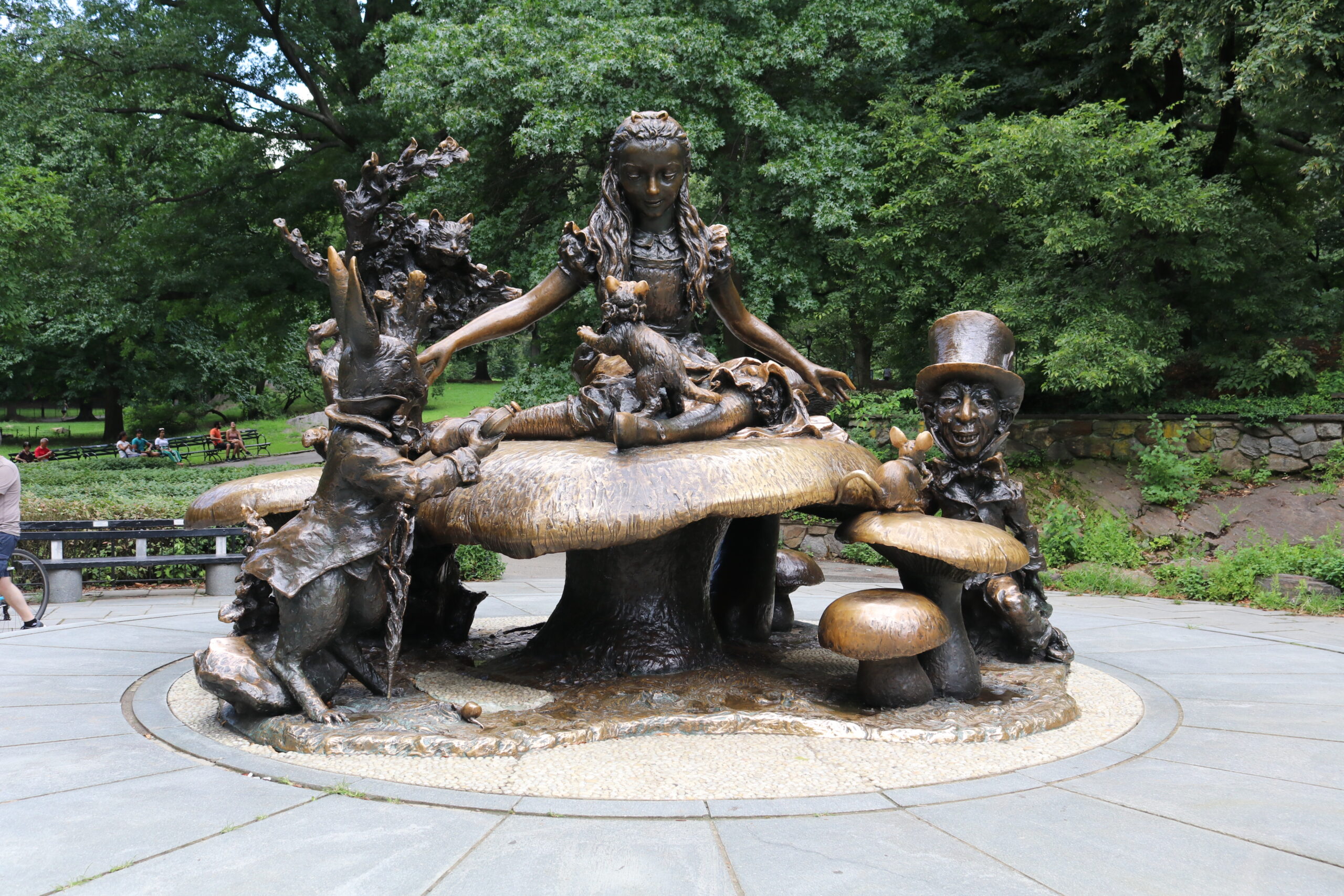
As one of the most visited cities in the world, Beijing is known for its rich cultural heritage, stunning architecture, and delicious cuisine. The city is a perfect blend of ancient and modern, with skyscrapers and shopping centers standing alongside ancient temples and landmarks. In this blog post, we’ll explore what makes Beijing a unique and exciting city to visit and provide some tips for planning your trip.
Beijing in Relation to Other Cities in China
Beijing is the capital city of China and one of the largest cities in the world. It is also the cultural and political center of the country, with a rich history that dates back over 3,000 years. Compared to other cities in China, Beijing stands out for its impressive historical landmarks, including the Great Wall of China, the Forbidden City, and the Temple of Heaven. Beijing is also a bustling hub for business and technology, with numerous industries and startups located throughout the city.
Things to Do and Places to Visit in Beijing
There are endless things to see and do in Beijing, from exploring ancient temples and landmarks to indulging in delicious food and shopping. Here are some top things to do and places to visit in Beijing:
- The Great Wall of China: No trip to Beijing is complete without a visit to the Great Wall of China. Located just outside the city, this iconic landmark stretches over 13,000 miles and dates back over 2,000 years. Visitors can hike along different sections of the wall, with some sections offering stunning views of the surrounding countryside.
- The Forbidden City: This ancient palace complex was once the home of China’s emperors and is now a popular tourist attraction. Visitors can explore the various halls, gardens, and courtyards of the Forbidden City and learn about its rich history and cultural significance.
- Temple of Heaven: Another popular landmark in Beijing is the Temple of Heaven, a stunning temple complex that dates back to the Ming Dynasty. Visitors can explore the various buildings and gardens of the complex and learn about the ancient rituals and ceremonies that took place here.
- Tiananmen Square: This famous public square is located in the heart of Beijing and is a popular gathering place for both locals and tourists. Visitors can explore the various monuments and landmarks in the square, including the Monument to the People’s Heroes and the Mao Zedong Memorial Hall.
- Summer Palace: This beautiful palace complex is located on the outskirts of Beijing and is known for its stunning gardens, lakes, and pavilions. Visitors can take a boat ride on the lake, explore the various buildings and temples, and enjoy stunning views of the surrounding landscape.
Areas of Interest in Beijing
In addition to the top tourist attractions, there are also several areas of interest in Beijing that are worth exploring. Here are a few areas to add to your itinerary:
- Hutongs: These traditional alleyways are a staple of Beijing’s historical neighborhoods and offer a glimpse into the city’s past. Visitors can explore the narrow streets, ancient buildings, and vibrant local culture of the Hutongs.
- 798 Art District: This trendy art district is home to numerous galleries, cafes, and boutiques, making it a popular destination for art lovers and shoppers alike. Visitors can explore the various exhibits and installations or simply enjoy the vibrant atmosphere of the area.
- Sanlitun: This upscale neighborhood is known for its high-end shopping and dining options, as well as its lively nightlife scene. Visitors can enjoy a night out on the town or simply stroll through the area and take in the sights and sounds.
The Great Wall of China
As one of the most iconic landmarks in the world, the Great Wall of China is a must-see destination when visiting Beijing. Here are some tips on what to do while there:
- Choose the right section: There are several different sections of the Great Wall that are open to tourists, each with its own unique features and level of difficulty. Some sections are more crowded and commercialized, while others are quieter and more natural. Research the different options and choose the section that best fits your interests and abilities.
- Wear comfortable shoes: The Great Wall can be steep and uneven in places, so it’s important to wear comfortable and sturdy shoes. Avoid flip-flops or sandals and opt for hiking boots or sneakers.
- Bring plenty of water and snacks: There are limited food and water options on the Great Wall, so it’s important to bring your own supplies. Pack plenty of water and some snacks to keep you fueled during your hike.
- Take breaks as needed: The Great Wall can be challenging, so it’s important to take breaks as needed and listen to your body. Don’t push yourself too hard and take time to rest and enjoy the views.
Where to Stay in Beijing
Beijing offers a wide range of accommodation options, from budget hostels to luxury hotels. Here are a few recommended areas to stay in:
- Dongcheng: This central neighborhood is home to many of Beijing’s top tourist attractions, making it a convenient location for sightseeing. There are also plenty of restaurants and shops in the area.
- Chaoyang: This neighborhood is known for its upscale shopping and dining options, as well as its modern architecture. It’s a good choice for those who want to experience the more modern side of Beijing.
- Hutongs: Staying in a traditional hutong can be a unique and authentic experience, giving you a glimpse into Beijing’s past. There are several guesthouses and boutique hotels located in these historic neighborhoods.
How to Get Around in Beijing
Beijing has an extensive public transportation system that includes buses, subway trains, and taxis. Here are some tips for getting around the city:
- Use the subway: The Beijing subway system is fast, efficient, and affordable, making it a great way to get around the city. There are 23 lines and over 400 stations, so it’s easy to reach most parts of the city.
- Take a taxi: Taxis are widely available in Beijing and are a good option if you’re traveling with a group or have heavy luggage. Just be sure to use a reputable taxi company and negotiate the fare before getting in.
- Rent a bike: Beijing has a growing bike-sharing program, with thousands of bikes available for rent throughout the city. This is a great way to explore the city at your own pace and get some exercise at the same time.
How to Get from the Airport to the City
Beijing Capital International Airport is located about 20 miles from the city center. Here are some options for getting from the airport to the city:
- Airport Express train: This fast and convenient train runs from the airport to several locations in the city, including Dongzhimen and Sanyuanqiao. The trip takes about 20-30 minutes and costs around 25-30 RMB.
- Taxi: Taxis are available outside the airport terminals and can take you directly to your hotel. The fare varies depending on your destination, but expect to pay around 100-150 RMB.
- Bus: There are several bus routes that run between the airport and various locations in the city. This is a more affordable option, but the travel time can be longer and the buses can be crowded.
Best Time of Year to Visit Beijing
Beijing has a continental climate, with hot summers and cold winters. The best time to visit depends on your preferences and interests. Here are some tips on the best time to visit Beijing:
- Spring (March to May): Spring is a popular time to visit Beijing, with mild temperatures and blooming flowers. However, it can also be crowded with tourists, especially during the Qingming Festival in early April.
- Summer (June to August): Summer is the peak tourist season in Beijing, with warm temperatures and plenty of sunshine. However, it can also be very crowded and humid, so be prepared for long lines and crowded attractions.
- Autumn (September to November): Autumn is a great time to visit Beijing, with clear skies and cooler temperatures. This is also the season for the Mid-Autumn Festival, which is celebrated with colorful lanterns and mooncakes.
- Winter (December to February): Winter in Beijing can be very cold, with temperatures dropping below freezing. However, this is also the best time to visit the ski resorts and enjoy winter activities like ice skating and hot springs.
Conclusion
Beijing is a fascinating city with a rich history and culture, and there is no shortage of things to see and do. From exploring historic sites like the Forbidden City and the Great Wall of China to enjoying the city’s modern shopping and dining scene, there is something for everyone in Beijing. Whether you’re a history buff, a foodie, or an adventure seeker, Beijing is definitely worth a visit. So pack your bags, book your tickets, and get ready to experience one of China’s most vibrant and exciting cities.


